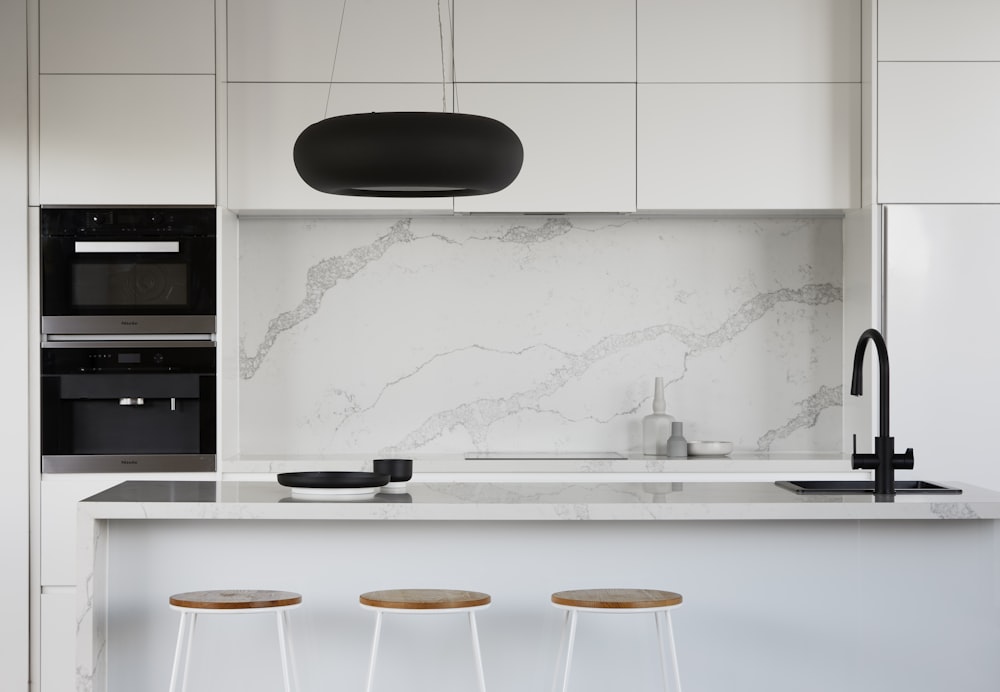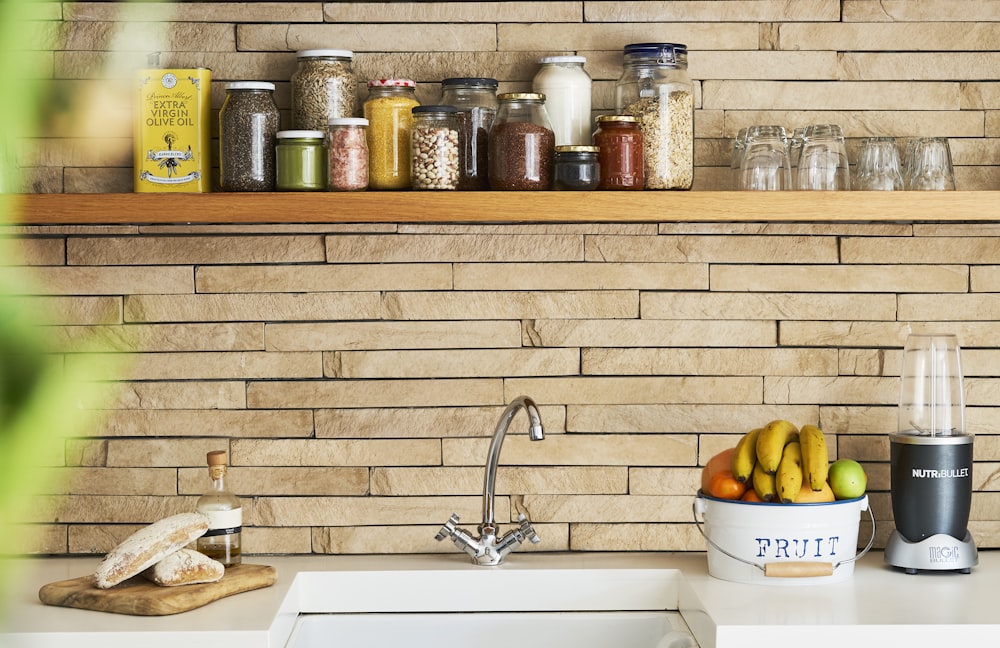When it comes to designing or renovating a kitchen, every detail matters. From the countertops to the cabinets, every element contributes to the overall functionality and aesthetics of the space. Among these essential components is the kitchen tap, often overlooked but playing a crucial role in daily kitchen activities. In this comprehensive buying guide, we’ll delve into the factors to consider when choosing the perfect kitchen tap to suit your needs and style preferences.
Understanding the Basics
Understanding the basics of kitchen taps is crucial before delving into specifics. When looking for high-quality kitchen taps, you should know that these taps come in several types: Single Lever Taps, with a single lever for flow rate and temperature control, perfect for most sinks; Dual Lever Taps, offering separate levers for hot and cold water, ensuring precise temperature adjustments; Pull-Out/Pull-Down Taps, featuring retractable spray hoses for added flexibility, ideal for dishwashing and pot filling; Filtered Water Taps, equipped with built-in filtration systems for clean drinking water; and Boiling Water Taps, dispensing instant hot water, eliminating the need for kettles and expediting food preparation.
Factors to Consider
Style and Design: The first consideration when choosing a kitchen tap is its style and design. Whether you prefer a modern, sleek look or a more traditional and classic design, there are numerous options available to complement your kitchen’s aesthetic.
Material and Finish: Kitchen taps are typically made from stainless steel, chrome, brass, or other materials. Consider the durability, ease of cleaning, and how well the tap’s finish will blend with your kitchen’s décor.
Functionality: Evaluate the tap’s functionality based on your specific needs. Do you require a pull-out spray for added convenience? Would you benefit from a filtered water tap or a boiling water tap for instant hot water?
Water Pressure Compatibility: Check the water pressure compatibility of the tap to ensure optimal performance. Some taps may require a minimum water pressure for efficient operation.
Installation Requirements: Consider the installation requirements of the tap, including the number of mounting holes needed in the sink or countertop. Ensure that the tap is compatible with your existing plumbing setup.
Brand and Quality: Opt for reputable brands known for their quality and reliability. A well-made kitchen tap can withstand daily use and last for years without issues.
Ease of Maintenance: Choose a tap that is easy to clean and maintain. Look for features such as anti-limescale technology or removable aerators for hassle-free maintenance.
Additional Features to Explore
Apart from the basic considerations, there are several additional features and technologies available in modern kitchen taps:
Touchless Technology: Touchless or sensor-activated taps are becoming increasingly popular due to their hygiene benefits and convenience. They activate the water flow with a simple hand gesture, reducing the spread of germs.
Water-Saving Features: Many taps now come with water-saving features such as aerators or flow restrictors, helping conserve water without compromising on performance.
Swivel Spout: A swivel spout adds flexibility to the tap, allowing you to easily move it from side to side, making tasks like filling multiple pots or rinsing the sink more convenient.
Integrated Water Filters: Some taps have built-in water filtration systems that remove impurities, odors, and chlorine, delivering clean and fresh-tasting water for drinking and cooking.
Temperature Control: Advanced taps may offer precise temperature control options, allowing you to preset your desired water temperature for added convenience.
Making the Decision
After considering the various factors and features, it’s time to make the final decision. Here are some steps to guide you through the process:
Research: Start by researching different brands, types, and features of kitchen taps. Read customer reviews and seek recommendations from experts or trusted sources.
Budget: Determine your budget range for the kitchen tap. Keep in mind that investing in a high-quality tap can save you money in the long run by avoiding frequent replacements or repairs.
Measurements: Take accurate measurements of your sink or countertop to ensure that the chosen tap will fit perfectly and align with any existing plumbing connections.
Compatibility: Verify the compatibility of the tap with your water pressure and plumbing system. If unsure, consult with a professional plumber for guidance.
Visualize: Visualize how the chosen tap will look in your kitchen space. Consider factors such as the surrounding décor, lighting, and overall theme to ensure a cohesive and harmonious design.
Purchase and Installation: Once you’ve made your decision, purchase the tap from a reputable retailer or directly from the manufacturer. Follow the installation instructions carefully or hire a licensed plumber for professional installation.
Choosing the perfect kitchen tap involves careful consideration of style, functionality, quality, and compatibility. By understanding your specific needs and exploring the available options, you can select a tap that not only enhances the aesthetics of your kitchen but also improves daily functionality and convenience. Whether it’s a sleek single lever tap or a multifunctional pull-out spray tap, investing in the right kitchen tap can elevate your culinary experience and streamline daily tasks. Happy tapping!
Published by HOLR Magazine.




